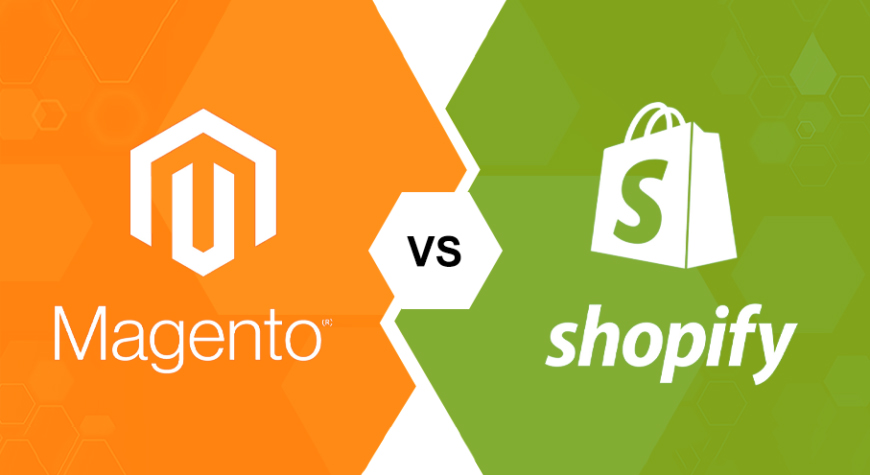
Adobe Commerce vs Shopify: Navigating the E-commerce Landscape
Adobe Commerce (Magento), E-commerce, Shopify
28 August 2023
E-commerce has revolutionized the retail industry, with platforms like Adobe Commerce and Shopify emerging as dominant players. Whether you’re a small business owner or run a large enterprise, selecting the right e-commerce platform can make all the difference. This article delves into the primary differences, pros, and cons of Adobe Commerce and Shopify.
Adobe Commerce (formerly Magento)
Overview: Adobe Commerce, powered by Magento, offers an open-source platform (Magento Open Source) and a cloud solution (Adobe Commerce Cloud). It is renowned for its flexibility and scalability, making it a favorite among medium to large-sized businesses.
Pros:
- Customizability: Being open-source, Adobe Commerce provides extensive customization options for businesses with specific needs.
- Scalability: Perfect for larger businesses with a vast product range.
- Extensive Features: Offers numerous out-of-the-box features.
- Large Community: Benefits from a vast developer community that continuously creates plugins and extensions.
Cons:
- Complexity: May not be beginner-friendly due to its technical nature.
- Cost: Can become expensive, especially when considering the cost of hosting, development, and additional extensions.
Shopify
Overview: Shopify is a hosted e-commerce solution, designed with ease-of-use in mind. It’s perfect for those who want a straightforward way to start an online store without the hassles of technical setups.
Pros:
- User-Friendly: Non-technical users can set up and run their store with minimal assistance.
- Hosted Solution: No worries about server management or security updates.
- App Ecosystem: A vast array of apps and integrations available.
- Transparent Pricing: Fixed monthly pricing plans with clear features.
Cons:
- Less Customizable: Compared to Adobe Commerce, customization can be limited.
- Transaction Fees: If you don’t use Shopify Payments, transaction fees apply.
- Limited B2B Features: More focused on B2C, whereas Adobe Commerce can handle complex B2B requirements more efficiently.
Comparison:
- Ease of Use: Shopify stands out for those who prioritize a user-friendly interface. Adobe Commerce, with its steep learning curve, might be overwhelming for beginners.
- Flexibility: Adobe Commerce is the go-to for businesses needing a high degree of customization. While Shopify does offer customization, it might not be as extensive.
- Cost: Shopify’s monthly plans are straightforward, but additional costs can come from plugins and transaction fees. Adobe Commerce might require more significant initial investment, especially when considering development and hosting.
- Target Audience: Shopify is ideal for startups and SMEs, while Adobe Commerce suits medium to large enterprises or those with specific customization needs.
Conclusion
The choice between Adobe Commerce and Shopify ultimately depends on your business needs, technical expertise, and budget. Shopify offers a more user-friendly experience, perfect for those looking to set up quickly. In contrast, Adobe Commerce provides a robust, customizable solution suitable for larger enterprises with unique requirements.
Before making a decision, consider your long-term goals, potential growth, and the specific functionalities you need. Both platforms have their strengths, so choose the one that aligns best with your vision for your online store.
